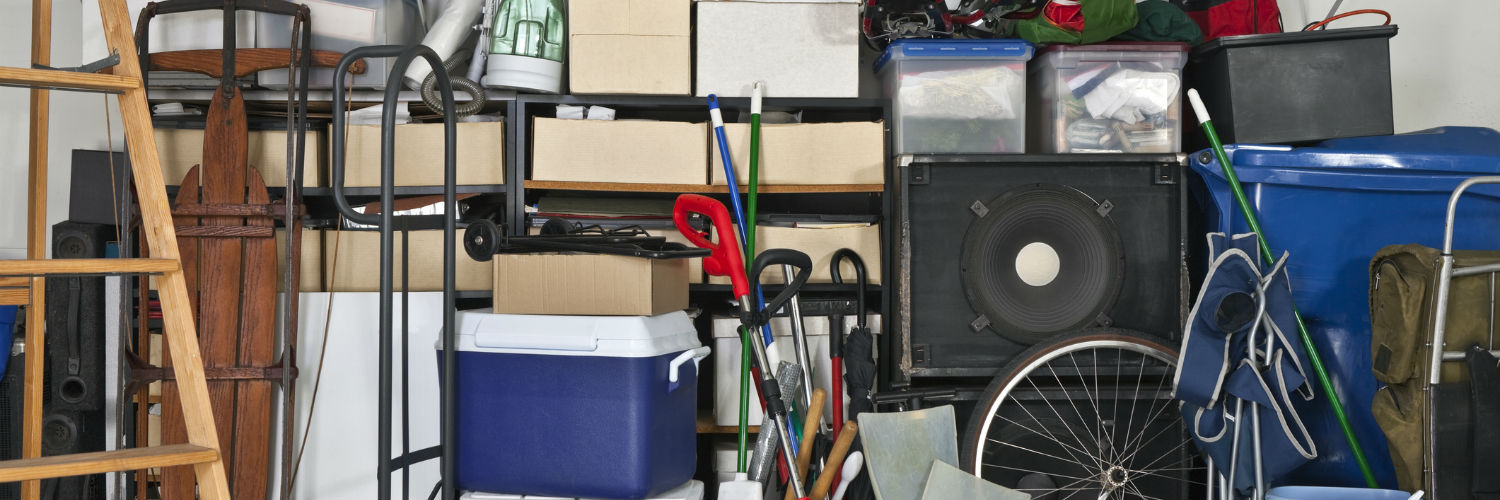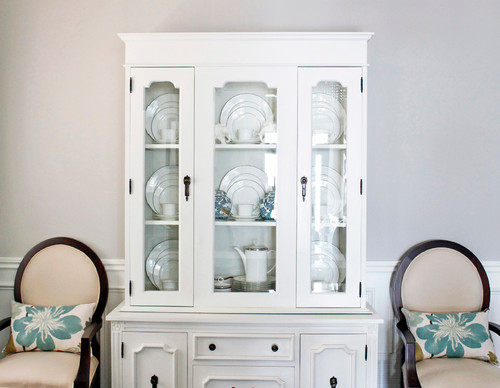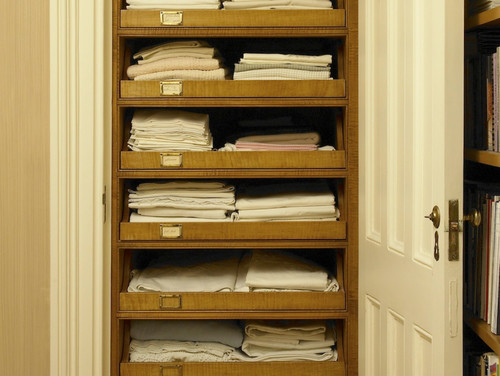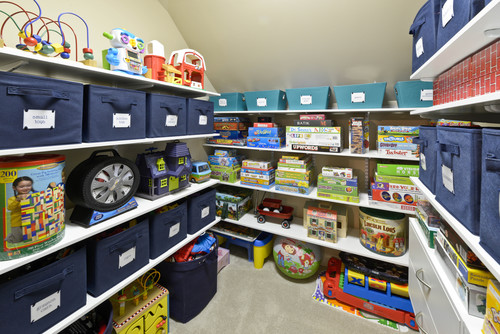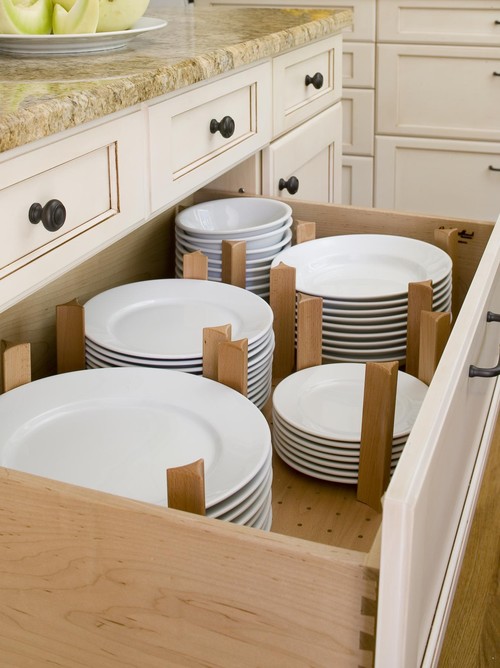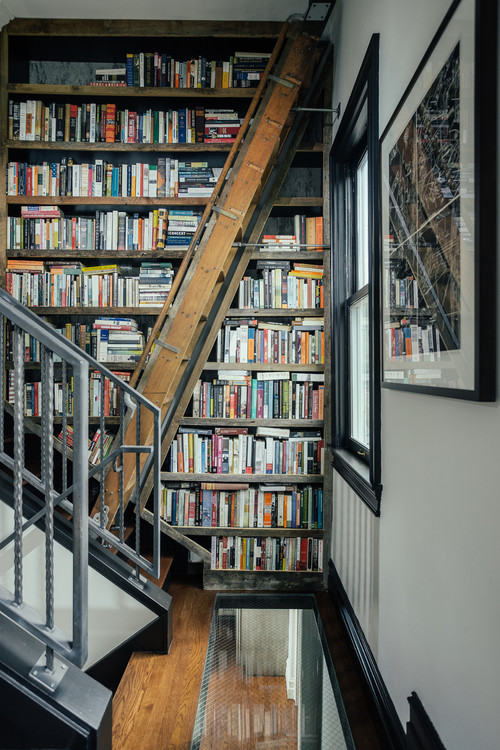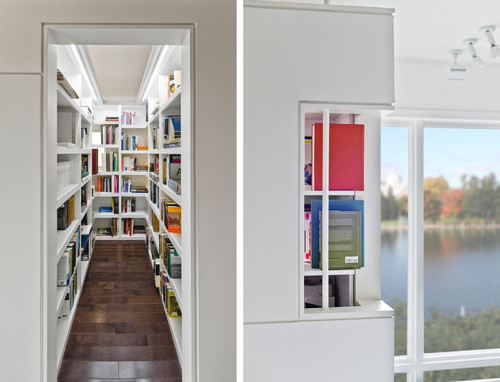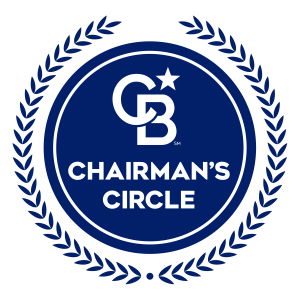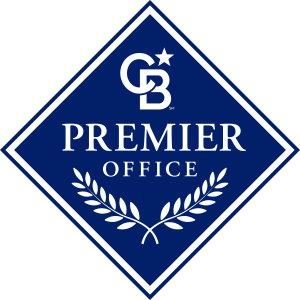Our Future is Now: The Coldwell Banker Brand Anthem


The power of the Coldwell Banker brand – in one customizable video (and downloadable eCards). View the brand anthem video and get your very own now.
From the CB Zap platform, award-winning CBx Listing Experience App, smart home initiative and record breaking ad campaigns, Coldwell Banker Real Estate has the resources that can help you lead your market and exceed your goals.
Watch above as we show exactly why Coldwell Banker is the real estate brand with real advantages. And the best part is you can customize this video and download an eCard for promotional use in your local market!
The Coldwell Banker network is filled with trailblazers, trendsetters and doers. By affiliating with the brand, your business demonstrates a power, reach and recognition of a global brand where we make a difference in the lives of others.
Source: Coldwell Banker Blue Matter Blig
What Are Closing Costs?


First time home buyers…this ones for YOU! Must read!
What are closing costs? What should I know before getting my next loan?
What Are Closing Costs?
Closing costs are fees paid in connection with the refinance or transfer of ownership in real property. They are paid by either the buyer or the seller on the settlement date.
These fees will always vary. What you pay for one refinance or property transfer will not be the same as another. This is due to the different parties involved, different types and locations of property, the financial capacity of a buyer and many more factors.
The law requires lenders to give you a loan estimate within three days of receiving your application. This document sets out what your closing costs will be. These fees, however, are not set in stone and subject to change.
Your lender should provide a closing disclosure statement at least three business days before the closing date. This is a more reliable estimate of your closing costs. Compare it to the loan estimate you’ve received and ask your lender to explain the fees and the reasons for any changes.
What Is Included in Closing Costs?
Your costs will differ depending upon the transaction. Types of costs include:
- Credit report fees (the cost of checking your credit record)
- Loan origination fees (which consists of the cost to your lender for processing your loan)
- Attorney fees
- Inspection fees (for inspections requested by either you or the lender)
- Appraisal fee
- Survey fee (so that both you and the lender know where your property boundaries lie)
- Escrow deposit which may cover private mortgage insurance and some property taxes
- Pest inspection fee
- Recording fee paid to a county or city authority to file a record of the property transfer and/or new mortgage lien against the property
- Underwriting fee to cover the cost of processing a loan application
- Discount points (money you pay your lender to get a lower interest rate)
- Title insurance (protection for you and the lender should there be any issues with title to the property)
- Title search fees (costs incurred by the company who checks the title on the property)
These fees can range anywhere from 2% to 5% of a property’s selling price. It’s smart to get estimates from two or three lenders so that you can take these costs into consideration before making an offer. For the easiest way to compare lenders who may use different terminology to describe their fees, simply ask for a loan estimate from each.
Can I Negotiate These Costs?
Some fees, such as document, processing, service, underwriting and courier charges are open to negotiation. However, third party fees such as an appraisal or survey, are not.
If you’re worried about how much you’ll need at closing you can find a bank that doesn’t escrow real estate and homeowners insurance. Often, banks will escrow six months of real estate taxes and several months of homeowners insurance premiums. When added to the other closing costs, this can be quite a large sum.
Keep in mind, however, that you will be responsible for paying your homeowners insurance and property taxes when they’re due rather than relying on your lender to pay them for you.
Where allowed by law, you can negotiate with the seller to have them pay some closing costs normally attributed to the buyer.
Can I Add my Closing Costs to the Loan?
Most loan programs will allow for a percentage of the purchase price to go towards closing costs. The easiest way to do this is to ask for a seller credit towards the closing costs.
The seller credit means that the seller will receive a smaller ‘net’ amount at closing, however there is a way to make a seller credit more palatable to the seller. If you can qualify for a higher purchase price – say 2.5% over list – the seller won’t lose any money and you can use the seller credit towards the closing costs.
In this scenario, what you’re doing is financing your closing costs over the life of the loan.
You can also do a lender credit. Like a no-cost refinance, you agree to a higher interest rate so that the lender will pay some of the closing costs. You can potentially get a lender credit of $2,000 to $4,000 – a sizeable amount of fees.
Keep in mind, however, that should you continue paying the same mortgage over the life of the loan, you could end paying more than if you were to pay up front.

What Can I Expect?
Before closing day arrives, contact your agent to confirm that he or she has everything for the transaction to go as smoothly as possible. Pull together any paperwork that you have received and keep it on hand for easy reference on closing day.
Be prepared to take your time reading through all of the closing documents. Make sure you completely understand all of the terms you’re agreeing to. If some of the terms are missing or incomplete, don’t sign until they are resolved to your satisfaction.
Your lender will send money to the closing agent via a wire transfer and may require that you set up a new escrow account with them to pay your property taxes and homeowners insurance together with your monthly mortgage payment.
You should be advised before closing day how much money you’ll need to have for closing, so bring your checkbook with you to cover any necessary escrow and/or closing costs.
Among the many documents you’ll be signing, three of the most important documents will be the:
- Hud-1 Settlement Statement – a document which sets out the costs incurred with your closing.
- Deed of Trust or Mortgage – a document in which you agree to a lien being placed against your property as security for repayment of your loan.
- Promissory Note – a document which can be described as a legal “IOU” which sets out your promise to pay according to the terms of the agreement.
Source: CB Blue Matter
6 Easy DIY Projects That Will Boost Your Home’s Value
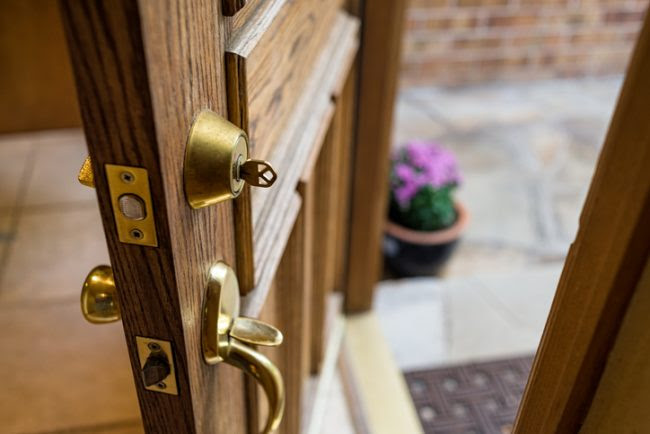

Not only will these DIY’s boost your home’s value, but you get to enjoy them too.
The satisfaction of creating something productive is powerful!
Your house is likely to be the biggest investment you make in your entire life. Whether you’re planning to sell it or you’re there for the long haul, it is important to take care of your investment. As any real estate agent will tell you, the first thing people notice about your home is the exterior. You need strong curb appeal to make a good first impression.
With that in mind, here are six simple DIY projects to help boost your home’s value:
Invest in Your Landscaping
Landscaping is often regarded as one of the top three ways to add value to your home in terms of return on investment. HomeGain.com conducted a survey of 2,000 brokers in 2007. The results indicated you could possibly quadruple an investment of $400-$500 on well-planned landscaping.
That said, just throwing a couple hundred dollars at plants is not a good approach. Instead, focus on creating a healthy, vibrant lawn. Fill in dead or sparse areas, fertilize, and clean up edges along your sidewalk, pathways and gardens. Trim overgrown bushes and shrubberies and cut down tangled tree branches. Plant flowers and plants to brighten up your landscape—just be sure to plant perennials that will come back year after year, not annuals that will die within a year and never return. Also, look for plants that are native to your region or are drought-tolerant. They need less water and maintenance, saving you money in the long run.
Upgrade Your Front Door
Your front door is the entryway to your home and it sets the tone for the rest of the house. Make a good impression by ensuring your home’s entry point (including the area directly surrounding the door) is attractive and eye-catching.
The first thing to consider here is whether to replace your existing door or not. If the door you have is good quality and a style you like, you can save some money by just freshening it up a bit. Refinish the wood or paint it for a pop of color; clean and polish the hardware or replace it with something that will add more of an accent; and replace the hinges if they are worn. If you decide to replace the door, look for a well-insulated, energy-efficient, secure door; this is not something you want to cut corners on by going with a cheap alternative.
Illuminate With Outdoor Lighting
Outdoor/exterior lighting adds value to your home in three important ways. First, it helps keep you and your family safe. It’s important to be able to see where you are going to avoid a fall. Second, it adds a layer of security. Keeping your property well-lit is a good way to deter a would-be thief from targeting your home. Third, it enhances the aesthetics of your property. Show off your beautiful home and well-maintained landscape.
Consider which of these aspects are important to you. If safety is your goal, focus on pathways, entryways and steps. If you are more concerned with security, perimeter lighting set on timers and motion-activated flood lights are your best bet. If you want to add curb appeal, light up your trees, unique landscape elements, and water features.
The second thing to consider is what type of lighting to go with. Solar is great because you don’t need wiring and don’t have to pay for power. LED lights produce a bright, crisp light and are energy-efficient. Halogen lighting, though affordable, is being phased out for the most part. Consider replacing existing halogen bulbs with LED replacements (also called LED retrofitting).
Discover the Magic of Pressure Washing
You see your home every day, so you might not notice as it slowly gets dirty and the colors and features become dusty and dim. Just spending an afternoon with the power washer can dramatically add some pop and resuscitate your curb appeal.
First and foremost, read the instructions and specifications of the pressure washer you purchased or rented. Check the water flow in gallons per minute in addition to the PSI, and get one with different pressure settings if possible. Confirm it is okay to use on all the areas you are planning to wash to ensure nothing will be damaged. You’ll probably be okay on things like sidewalks and driveways, but double check that your siding and windows can withstand the pressure. Turn off power to electrical outlets and fixtures and cover them. You may also want to cover plants and flowers if they are close to your house or the area you’ll be cleaning. You’ll likely want to use detergent (only use detergent that is specifically made for pressure washers) for the grimier parts of the job.
Create a Beautiful, Functional Space With a Fire Pit
Adding a fire pit is a cheap, simple way to help get the most out of your outdoor space by breaking it up into different areas. Fire pits consistently poll well among potential homebuyers (especially younger ones), and came in first in expected popularity of design elements, according to the Residential Landscape Architecture Trends Survey. One of the great things about taking on this project is that it can be as simple or as grand as you like. You could DIY a very basic one for as little as $150, or you could go all out and include a gas line (with professional help) and a fancy fixture if you have a bigger budget at your disposal. If you are not as handy, you can get a kit with everything you need and step-by-step instructions. However, building your own fire pit is not overly complicated and will allow you to completely customize it to fit your personal taste.
Upgrade Your Home’s Technology
These days, homebuyers want the latest technology. It’s easy to understand why when you look at all the amazing things technology can do for your household. Having these advanced features can be what sets your home apart from similar ones on the market.
You can install smart locks for added safety and convenience. You’ll never have to stumble around trying to get your keys out of your pocket while carrying groceries again, thanks to Bluetooth technology that will pick up on your phone approaching—and you’ll never stress again wondering if you forgot to lock the door when you rushed out. Smart sprinklers can save time and money. The sprinkler system can adjust based on weather patterns and temperature so you’ll save money by not wasting water.
These are all projects that offer a good return on your investment and can be done without a professional, saving you around 40-60 percent of what you might be charged. Plus, these projects can be wrapped up within a couple days, meaning you could conquer them over the course of a weekend or two. Get out there and start building some sweat equity the smart way!
Source: RisMedia

 Facebook
Facebook
 X
X
 Pinterest
Pinterest
 Copy Link
Copy Link
